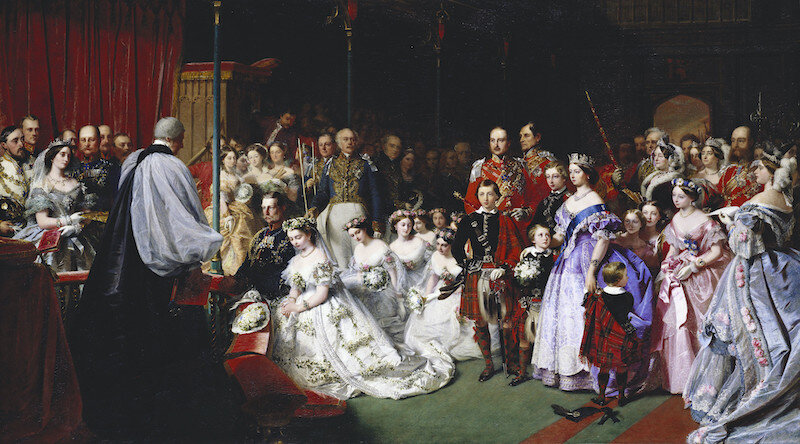Photo: V&A Museum
It's 1856, eighteen-year-old William Perkin has just become a research assistant at the Royal College of Chemistry in London, England. His challenge is to create a synthetic version of quinine, a natural substance extracted from the bark of the cinchona tree, used to fight against malaria. The deadly disease is taking its toll on British imperialists throughout tropical regions of the world and, a more reliable source is needed. The bi-product of one of Perkin's failed experiments with different chemicals is a deep, concentrated purple substance. He may not have advanced the quest to cure malaria, but he did discover the first synthetic dye known to man. With support from his family, Perkin left the Royal College of Chemistry to build a factory to mass-produce the new colour.
Up until this time, dyes used to colour textiles came from natural sources: plants, minerals and insects. Textile manufacturers were forever disappointed with the inconsistent results these dyes produced. "Perkin's Purple," as it was initially referred to as, became a very desirable colour. It was affordable, relatively easy to make and reliably intense.
The new, arresting mauve signalled the start of the synthetic dye industry. Before long, many of the natural formulas fell by the wayside as vibrant, chemical-based colours rejuvenated the world of textiles. In 1858, Queen Victoria wore a gown made from Perkin's mauve to the wedding of her eldest daughter Princess Victoria. The colour became all the rage, soon making William Perkin a highly successful and wealthy businessman.

